We may earn money or products from the companies mentioned in this post. This means if you click on the link and purchase the item, I will receive a small commission at no extra cost to you ... you're just helping re-supply our family's travel fund.
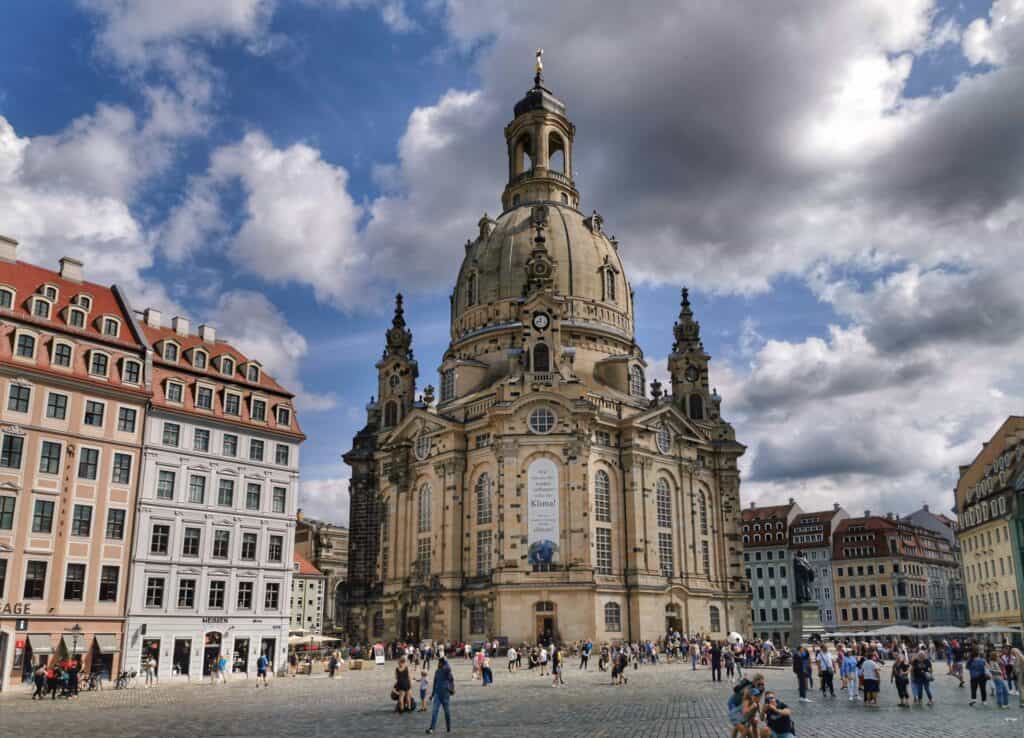
Travel often begins with a building. Walls hold memory, streets grow around thresholds, and domes fix a skyline in the mind. When a landmark disappears, the routes remain, but the mood shifts. Some losses came by fire, some by war, some by bad decisions in good suits. What stays is the lesson: heritage needs care, and progress can include protection. These vanished places still shape maps and imaginations, teaching caution, craft, and attention every time a city debates what to save.
The Great Library Of Alexandria, Egypt
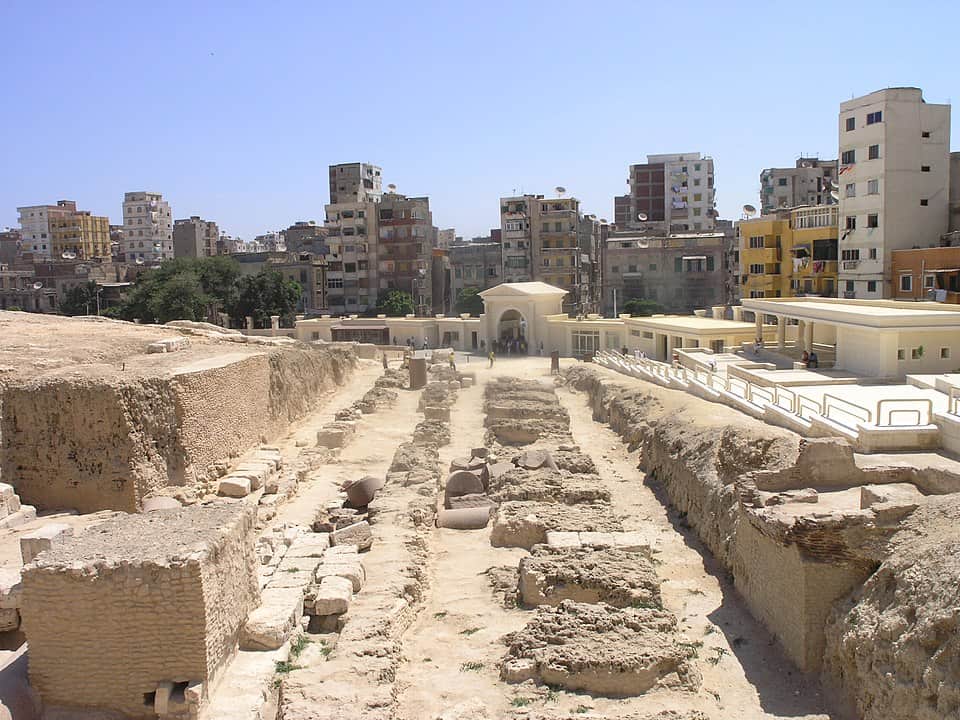
More symbol than floor plan, the library represents a network of collections that vanished over centuries through neglect, fire, and politics. However it ended, the idea was bold: gather the world’s knowledge under one civic roof. Its loss still stings because it hints at books unread and connections never made. Modern Alexandria answers with a new library by the sea, yet the ghost of the old one keeps scholars mindful that culture is fragile if it rests on one door.
Tuileries Palace, Paris, France
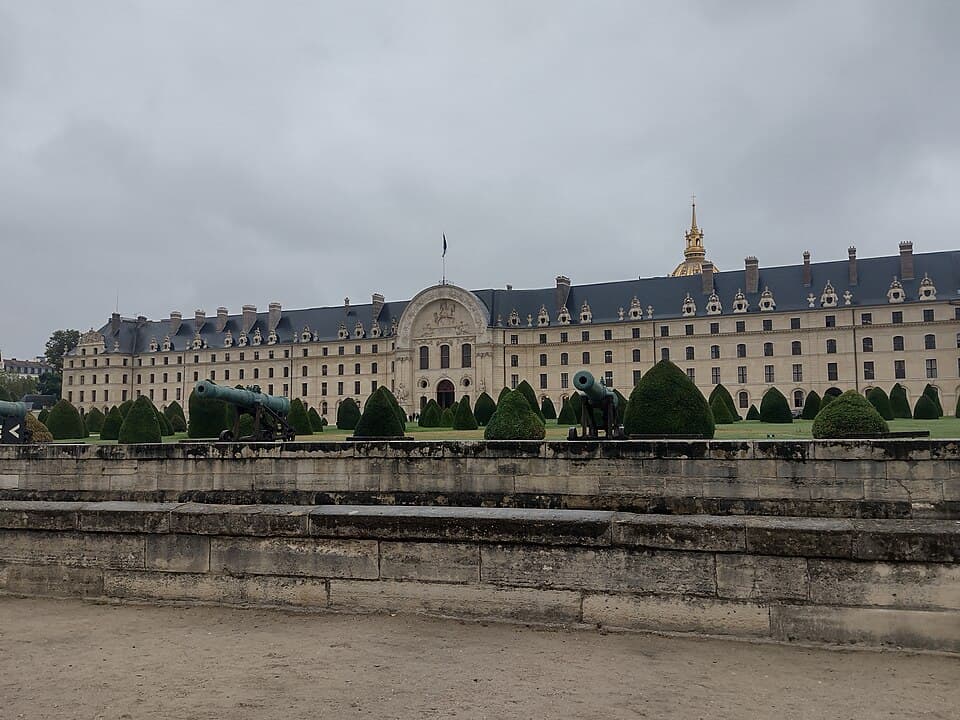
The Tuileries stood from the 1500s beside the Louvre until the Paris Commune set it alight in 1871, leaving a roofless shell that was finally cleared in 1883. The destruction opened today’s broad garden view from the Arc de Triomphe du Carrousel toward the obelisk, but Paris also lost a royal spine that linked court life to the river. Debates still surface about reconstruction, a reminder that a city can mourn and adapt at the same time.
The Crystal Palace, London, England
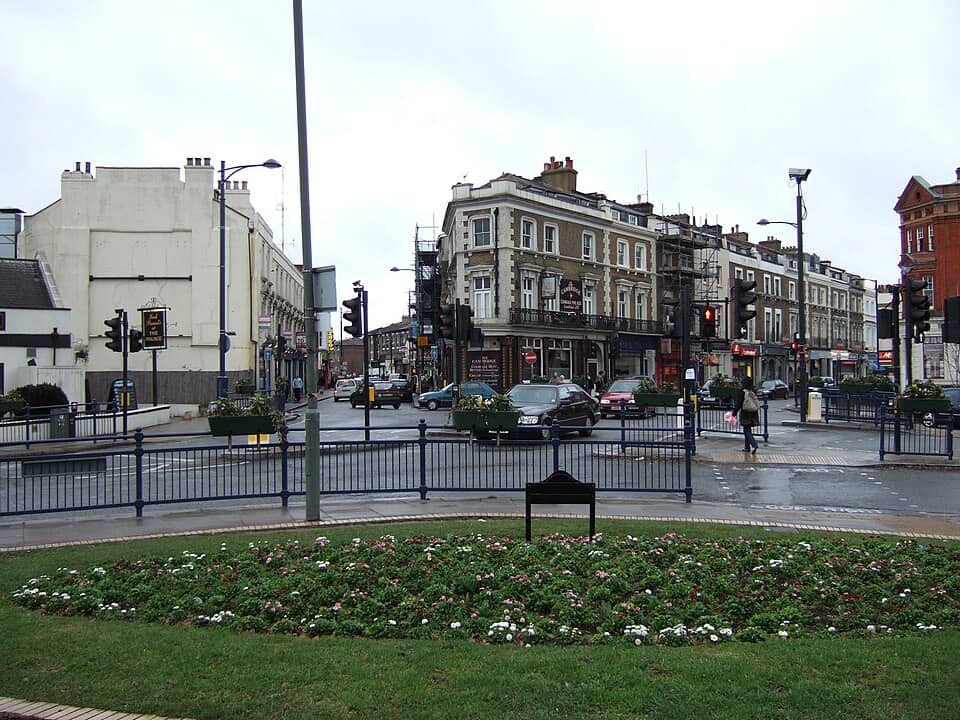
Raised in 1851 for the Great Exhibition, this iron and glass cathedral moved to Sydenham and became a civic playground of gardens and shows. Fire took it in 1936, a blaze so bright that people saw the glow across the city. The loss mattered not just for architecture but for confidence; it was a public living room where industry met leisure. London kept the park and the name, while modern glass halls echo a daring first sketched in cast iron.
Pennsylvania Station, New York, USA
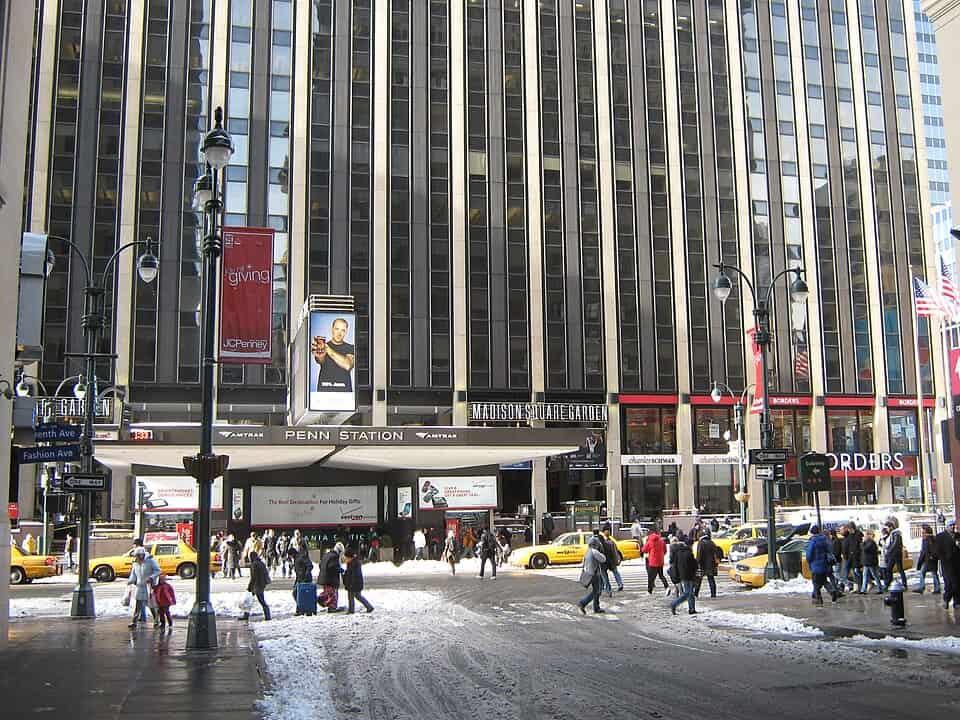
McKim, Mead and White gave New York a Roman bath of light and stone in 1910, a proper front door for a rail city. Demolition in 1963 squeezed trains under a new arena and offices, and regret birthed the modern preservation movement. Photographs show sunlight pooling on stone floors where echoes now mix with crowd noise and fluorescent glare. The new Moynihan Train Hall helps, but the original taught the city that convenience must not erase character.
Singer Building, New York, USA
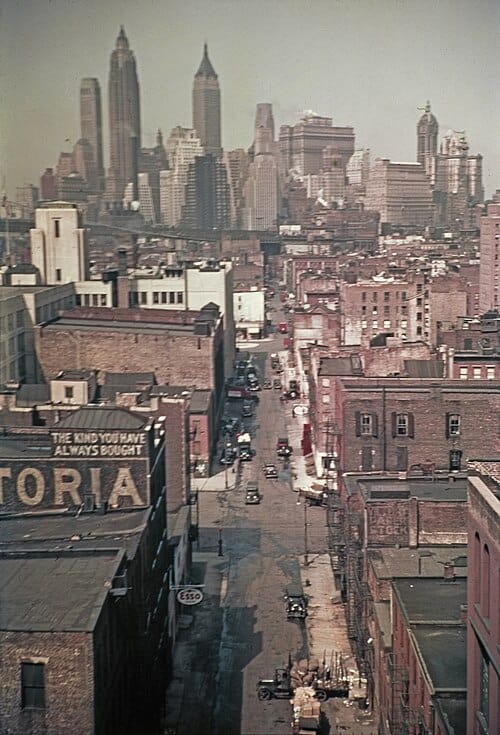
Once the tallest building in the world, the Singer’s slender tower and ornate crown graced Lower Manhattan until 1968, when it fell for a larger, blander box. The trade favored rentable square feet over skyline grace, and the result helped change minds about what height deserves to survive. Lost with it was a piece of the city’s vertical biography, a chapter where engineering and ornament still shook hands. Photos now do the work that stone and copper once did.
Euston Arch, London, England
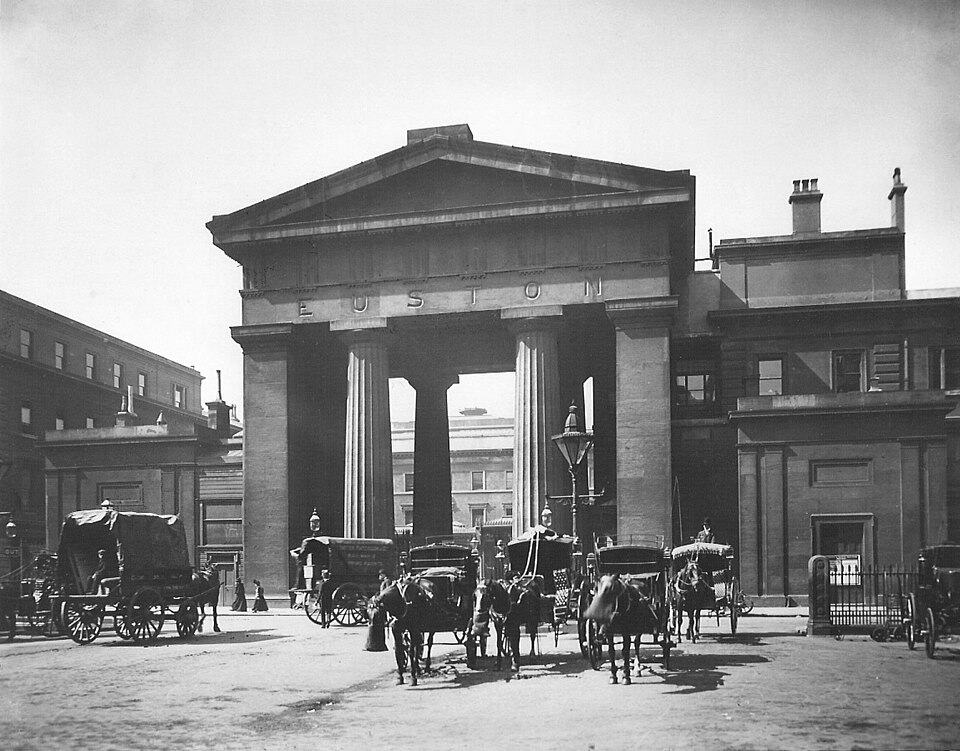
A Greek Revival gate built in the 1830s, the arch framed rail travel at Euston before modernization took it down in 1962. Blocks fell into a canal and later came up again, mossy and heavy with second thoughts. The demolition read like a warning against quick progress that levels character to lay track for efficiency. Talk of rebuilding returns often, proof that even fragments can lobby for a better balance between transport and the rooms cities make for arrival.
Temple Of Bel, Palmyra, Syria
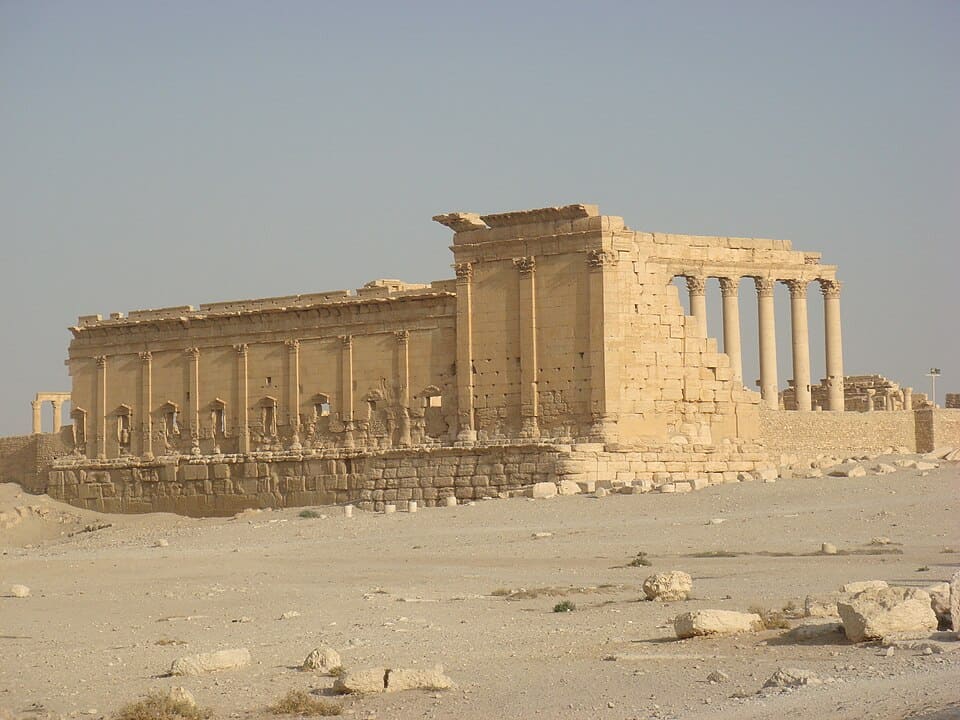
Palmyra’s colonnades crossed desert light for nearly two millennia until 2015, when extremists blew up the temple complex and scarred the ancient site. The harm was cultural and local at once; a crossroads city lost part of its identity, and the world lost a rare thread tying Roman and Near Eastern beliefs. Conservators now map fragments and model reconstructions, careful to keep any future work honest about gap and loss. Memory here requires both mourning and skill.
Buddhas Of Bamiyan, Afghanistan
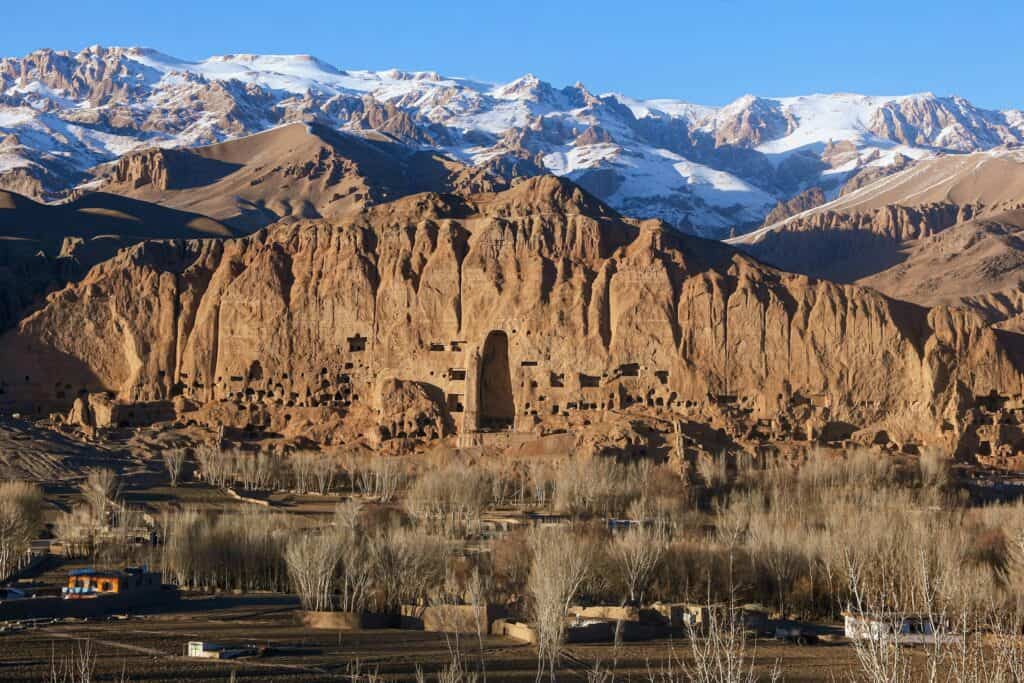
Carved into cliff faces in the Bamiyan Valley, two monumental standing Buddhas watched over trade routes for more than a thousand years. Their destruction in 2001 left raw niches and a global ache. The absence is now part of the landscape, with careful debate over how to remember without pretending the statues still exist. Projections and partial reconstructions come and go, but the empty space might be the truest memorial to what vanished and why it mattered.
Frauenkirche, Dresden, Germany
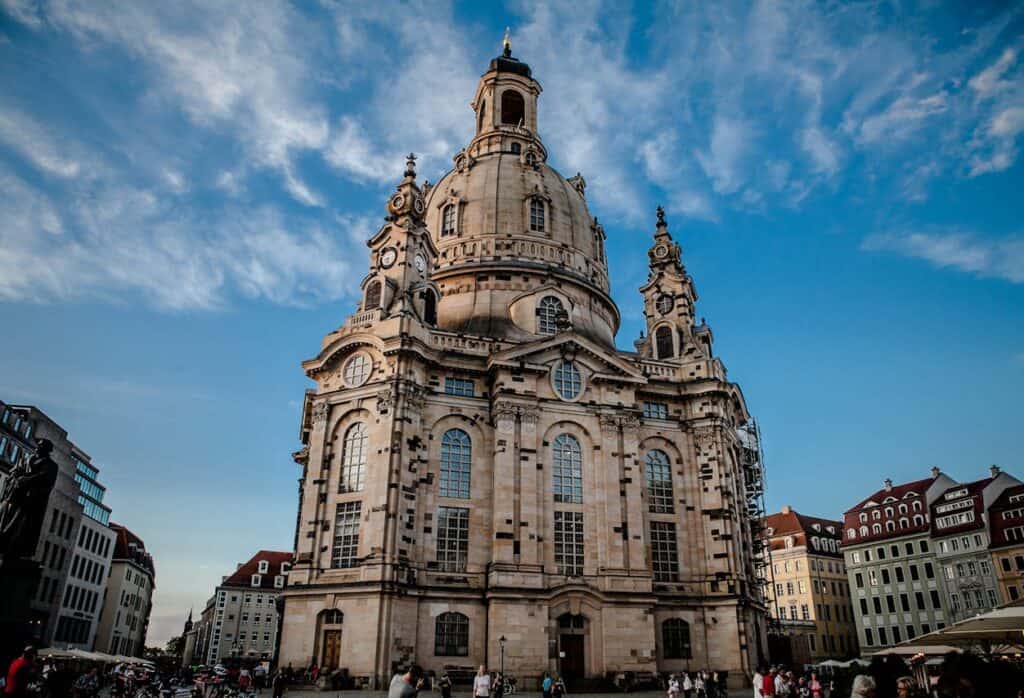
Dresden’s baroque church collapsed after the 1945 firestorm, a blackened hill of stones left as a war memorial for decades. After reunification, citizens sorted and set thousands of numbered blocks back into place, and a rebuilt church opened in 2005. The new dome carries charred originals alongside bright sandstone, a visible seam between loss and renewal. The lesson travels well: preservation sometimes means waiting until craft, will, and context align to stitch history back into daily life.
Nakagin Capsule Tower, Tokyo, Japan
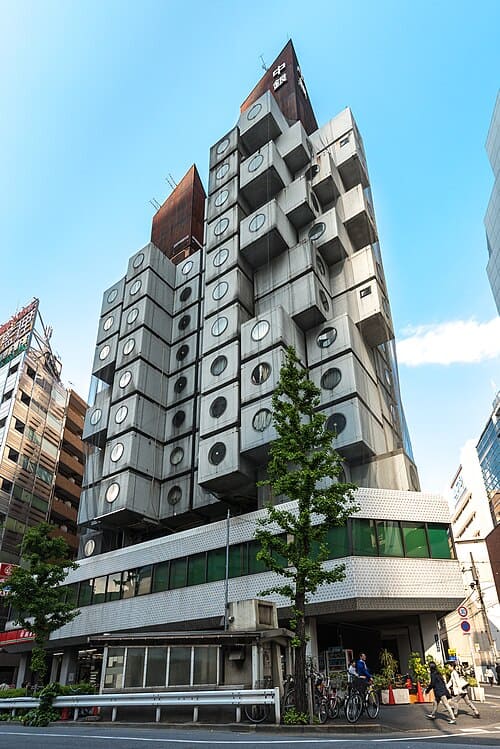
Kisho Kurokawa’s 1972 experiment stacked tiny steel capsules onto two concrete cores, a bold vision for replaceable urban living. Maintenance lagged, and hopes for swapping capsules never materialized. Demolition began in 2022, and a world favorite of students and architects became fragments headed for museums. Tokyo lost a living prototype and kept a story about how hard it is to preserve ideas when materials age and economics drift. Innovation needs caretakers, not just applause.